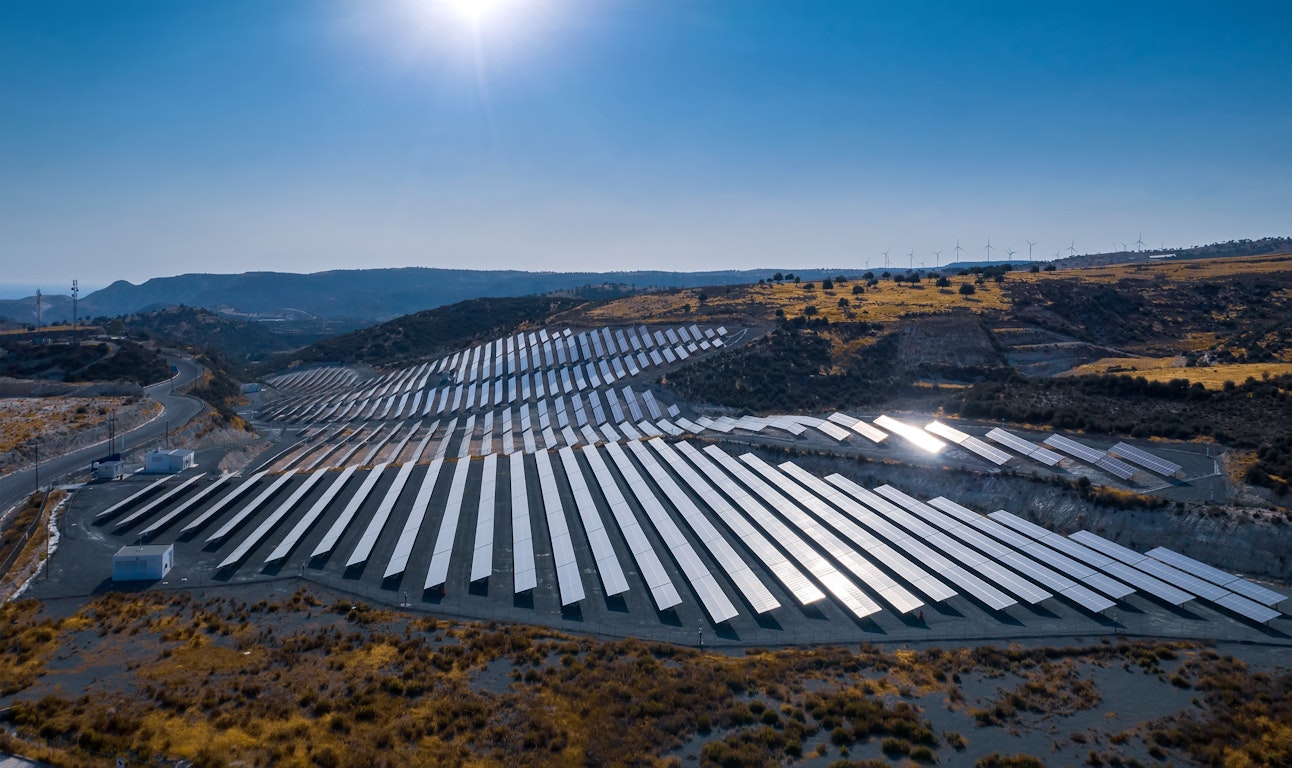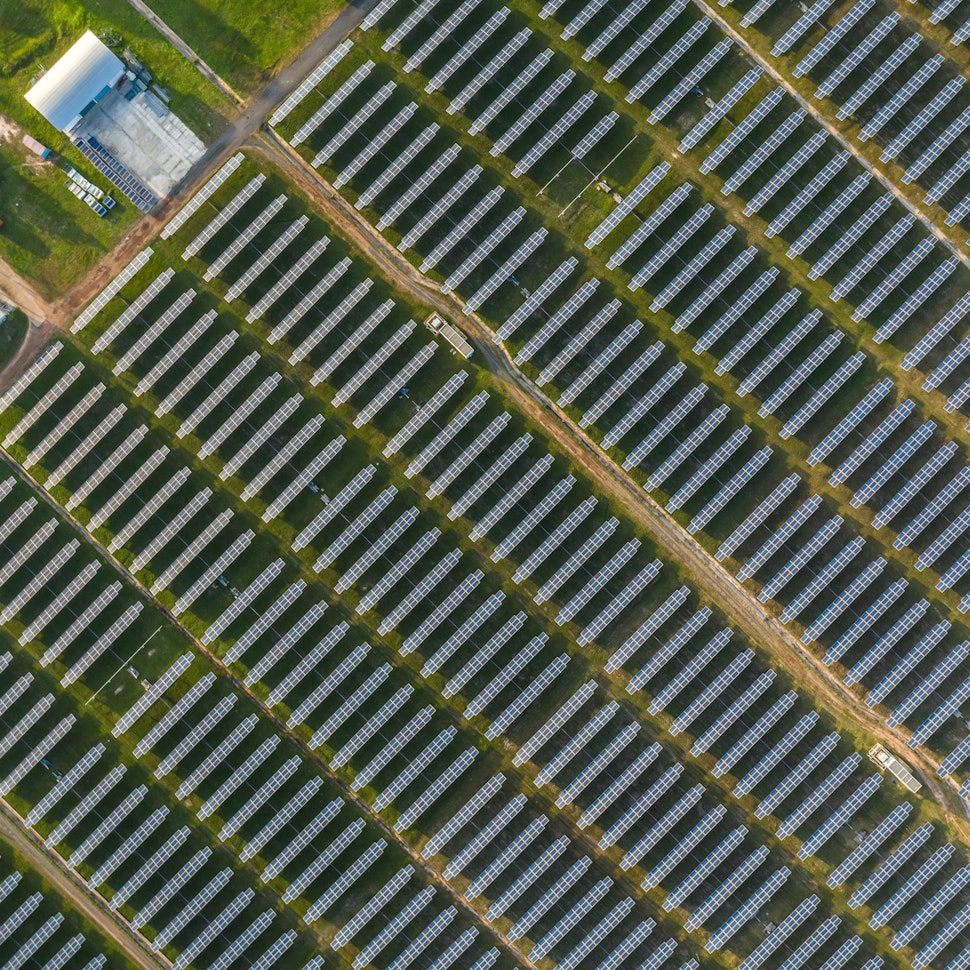- Solar energy blog
- Exploring renewable and solar energy trends in Spain
Exploring renewable and solar energy trends in Spain
Our trend report reveals Spain’s solar power and renewable energy preferences, including bifacial modules, string inverters, tracker structures, and BESS.


Alicia Herrera
Territory Manager - Spain & Portugal
Alicia Herrera Alonso started her journey at RatedPower as an Ssales Development Representative intern and has grown into her current role as Territory Manager. She brings first-hand knowledge of the renewable energy sector and a passion for helping companies design and optimize their solar projects.

Spain is making noteworthy strides in the renewable energy sector — and experts in the industry recognize its potential for further development. A survey conducted by RatedPower revealed that 22.6% of respondents voted for Spain as having a high potential for growth in renewables. They received the fourth-highest rating after the United States, China, and Germany.
Spain’s significant potential comes from having plenty of sunlight, large lithium deposits, and ideal conditions for wind and water power — factors that helped Spain achieve the third-highest renewable energy generation capacity in Europe in 2024.
Over half of the country’s electricity in 2023 was generated from renewable sources, a 20% increase vs the previous year. By focusing on renewables, Spain is modernizing its industries, creating new jobs, boosting energy security, and encouraging innovation.
Looking for more insights, stats, and opinions on the current state of the renewables sector? Download our Renewable Energy & Solar Research Report 2024 that draws from an industry survey and analysis of solar simulations carried out on the RatedPower Platform.
Despite ambitious climate policies pushing the country toward climate neutrality by 2050, there have recently been bottlenecks in the permitting process, backing up projects awaiting grid connection. This issue is a priority for the nation to overcome to fulfill its renewable potential.

About the survey
Last year, RatedPower surveyed industry experts from over 30 countries on various topics, including legislation, trends, innovations, and challenges.
Around 88% of the respondents work in the solar sector, with many others involved in storage and wind power. This broad participation provides a well-rounded view of where the renewable energy industry is heading in 2024 and beyond.
Spain’s solar energy and renewable preferences
In addition to the survey results, the Trends Report included extensive data from the RatedPower platform that revealed the Spanish renewable energy sector’s preferences. Here are the key statistics and trends across modules, inverters, trackers, and BESS.
Almost 90% of Spain's solar installations use bifacial modules
The data revealed that bifacial modules in Spain last year were the top choice for photovoltaic (PV) project simulations, with an 88.90% usage rate compared to just 11.10% for monofacial modules. This preference highlights Spain’s commitment to efficient and advanced solar technologies, as bifacial modules deliver higher efficiency and performance.
These modules have two active sides that capture sunlight from both directions, which can boost solar energy generation by as much as 10% compared to traditional monofacial panels.
These modules also require less space for the same power output, making them ideal for maximizing energy production in smaller areas. This increased efficiency makes bifacial modules popular for maximizing energy output in Spain.
Nearly 60% of Spanish PV projects use string inverters
String inverters are the preferred choice for photovoltaic (PV) projects, with 59.54% of installers opting for them compared to 40.46% for central inverters.
String inverters are typically more efficient and flexible, commonly making them suitable for smaller-scale installations. They are distributed throughout the PV array, with each inverter handling fewer PV strings than their central counterparts.
While string inverters are more expensive up front, they increase overall efficiency. With more multi-power point trackers (MPPTs) per inverter, string inverters can increase production by 4% to 8% compared to central inverters. Additionally, string inverters do not require housing, which can reduce land use and potential shading losses.
Central inverters, on the other hand, are used in larger installations where they aggregate multiple PV strings. They require combiner boxes to connect numerous strings and typically have higher cable costs and power losses. Despite being more cost-effective in terms of initial investment, central inverters can lead to efficiency losses and greater downtime in case of equipment failure.
The choice between string and central inverters in Spain reflects the specific needs of each project, with string inverters being favored for their efficiency and adaptability to varying installation conditions.

Nearly 84% of Spanish solar projects use tracker structures
In Spain, 83.80% of solar installations use tracker structures, followed by 14.95% using fixed structures, and 1.26% using East-West structures. This preference for tracker structures is common, with 10 out of the other 19 countries favoring this type too.
Tracker structures, which rotate to follow the sun, maximize energy generation and are preferred despite their higher initial costs. They offer better efficiency by capturing more sunlight throughout the day, resulting in a lower levelized cost of electricity (LCOE) over time.
While less adaptable, fixed structures are tilted towards the equator, effectively maximizing energy output in a given area. They allow for more panels to be installed in a space, which can increase overall energy production in specific designs.
AC-coupled BESS lead Spanish solar installations
73.89% of solar installations in Spain use AC-coupled Battery Energy Storage Systems (BESS), while 26.11% use DC-coupled systems. This preference for AC-coupled systems aligns with trends in all 20 other countries surveyed.
AC-coupled systems are popular because they are easier to install, especially in existing solar setups. They offer flexibility in system design, allowing solar panels and batteries to be managed independently. However, they are less efficient due to the multiple conversions between AC and DC power, which can lead to energy losses during each conversion process.
Although less common, DC-coupled systems are more efficient as they only convert power once. This reduces energy losses and makes them more suitable for off-grid applications. The choice between AC and DC coupling depends on specific project needs.
Discover the full potential of your solar projects with RatedPower’s software. Optimize your design process and achieve better results now!
Latest stories
Related posts
Market analysis
Powering through the peak: Why solar + storage is gaining momentum in MENAT
Discover how MENAT is building a functioning solar economy and why rising peak demand during extreme heat is squeezing its energy architecture.
Updated 11 DEC, 25


Market analysis
The rise of utility-scale PV + storage plants in Italy
Discover how Italy’s latest policies and auctions are driving utility-scale solar and battery storage projects to meet ambitious 2030 targets.
Updated 4 DEC, 25

Market analysis
From sun to socket: What Iberia’s grid needs to handle 2030 renewable targets
Discover how Spain and Portugal are upgrading their grids to meet ambitious renewable targets and prevent future blackouts.
Updated 25 NOV, 25

- RatedPower
- Solar energy blog
- Exploring renewable and solar energy trends in Spain
 Watch a demo
Watch a demo Ask our AI Product Expert
Ask our AI Product Expert